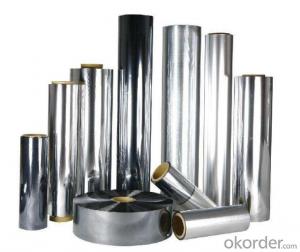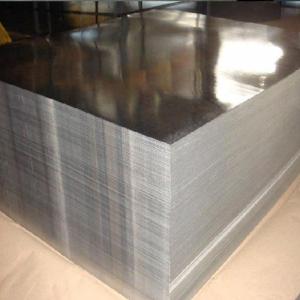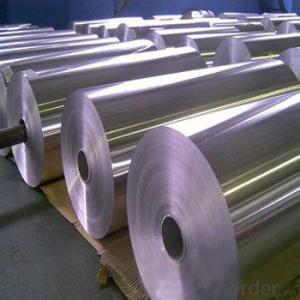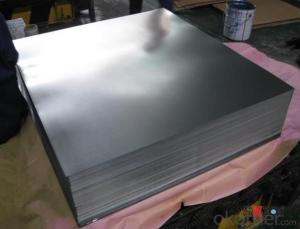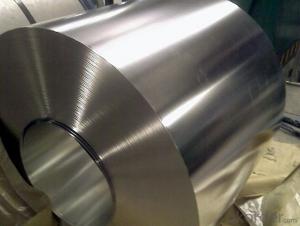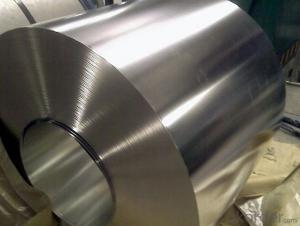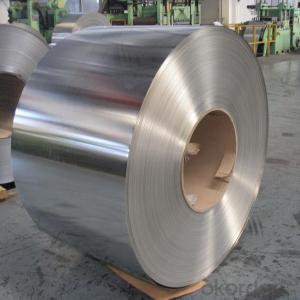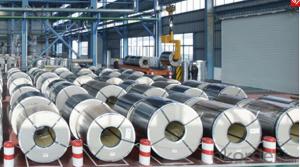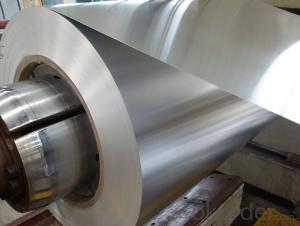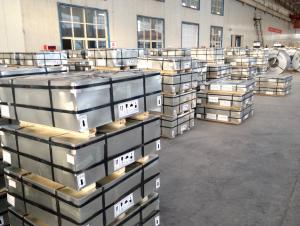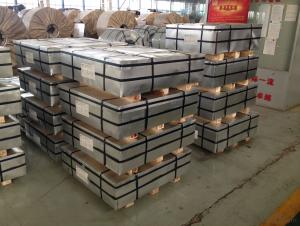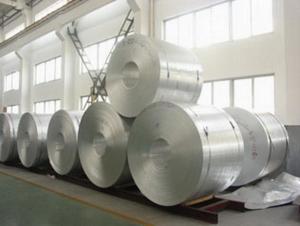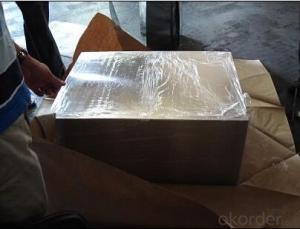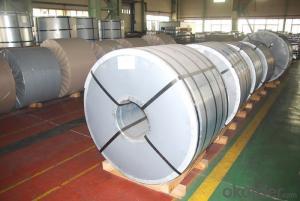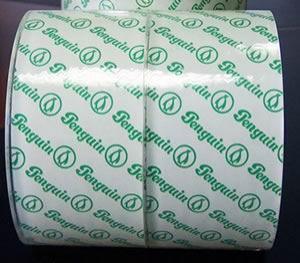Tinplate Packaging
Tinplate Packaging Related Searches
Printing Tinplate Sheet Tinplate Iron Packaging Tape Tinplate Material Tinplate Cover Standard Gauge Tinplate Tinplate Tea Set Mth Tinplate Set Circle Packaging Machinery Inc Tinplate Model TrainsHot Searches
Inverter Size For Solar System Solar Panel Inverter Size Cost Of Drywall Per Sheet Large Size Aluminum Foil Aluminum Foil Market Size Solar Inverter Market Size Solar Inverter Size Chart Solar Inverter Size 1 2 Inch Type X Drywall Cost Of Drywall 1 2 Type X Drywall Geomembrane Market Size Geogrid Aperture Size Drywall Corner Bead Types Tinplate China Tinplate Stock Price Tata Tinplate Price List Tinplate Price Trend Tinplate Nse Share Price Tinplate Price ChartTinplate Packaging Supplier & Manufacturer from China
Okorder.com is a professional Tinplate Packaging supplier & manufacturer, offers integrated one-stop services including real-time quoting and online cargo tracking. We are funded by CNBM Group, a Fortune 500 enterprise and the largest Tinplate Packaging firm in China.Hot Products
FAQ
- Yes, tinplate can corrode over time. The tin coating on the steel surface of tinplate can gradually deteriorate due to exposure to moisture, acids, or other corrosive substances, leading to the formation of rust or corrosion.
- Tinplate contributes to the durability of stationery products by providing a protective and corrosion-resistant coating. This coating helps prevent rust and damage from moisture, ensuring that the stationery items remain in good condition for a longer period of time. Additionally, tinplate's strength and rigidity enhance the overall durability of stationery products, making them less prone to bending, crushing, or breaking during use or transportation.
- There are three main types of tinplate seams: the lap seam, the double seam, and the triple seam. The lap seam is formed by overlapping the tinplate and soldering the edges together. The double seam involves folding the edges of the tinplate over each other and then crimping them together. Lastly, the triple seam is created by folding the edges of the tinplate over each other twice and crimping them together.
- Tinplate is known for its exceptional durability and longevity. Its protective tin coating acts as a barrier against corrosion and prevents the underlying steel from rusting. This makes tinplate highly resistant to environmental factors and ensures its long-lasting performance even in challenging conditions. Additionally, tinplate's strength and rigidity contribute to its durability, making it suitable for various applications where longevity is crucial.
- Tinplate performs exceptionally well in terms of corrosion resistance due to the protective layer of tin that prevents the underlying steel from coming into contact with corrosive elements such as moisture and oxygen.
- Tinplate is coated through a process called electroplating, where a thin layer of tin is applied onto the surface of steel or iron. This is done by immersing the metal into an electrolyte solution along with a tin anode and passing an electric current through the setup. The electric current causes tin ions to be attracted to the metal surface, forming a protective coating of tin on both sides of the tinplate.
- The common printing techniques for tinplate include lithography, offset printing, and silk-screen printing.
- There are primarily three types of tin coatings used on tinplate: electrolytic tinplate (ETP), black plate, and tin-free steel (TFS). ETP is the most common type and provides excellent corrosion resistance and solderability. Black plate is uncoated tinplate, often used for industrial applications or as a base for other coatings. TFS, on the other hand, replaces the tin coating with a thin layer of chromium or chromium oxide, offering similar corrosion resistance but without the use of tin.









